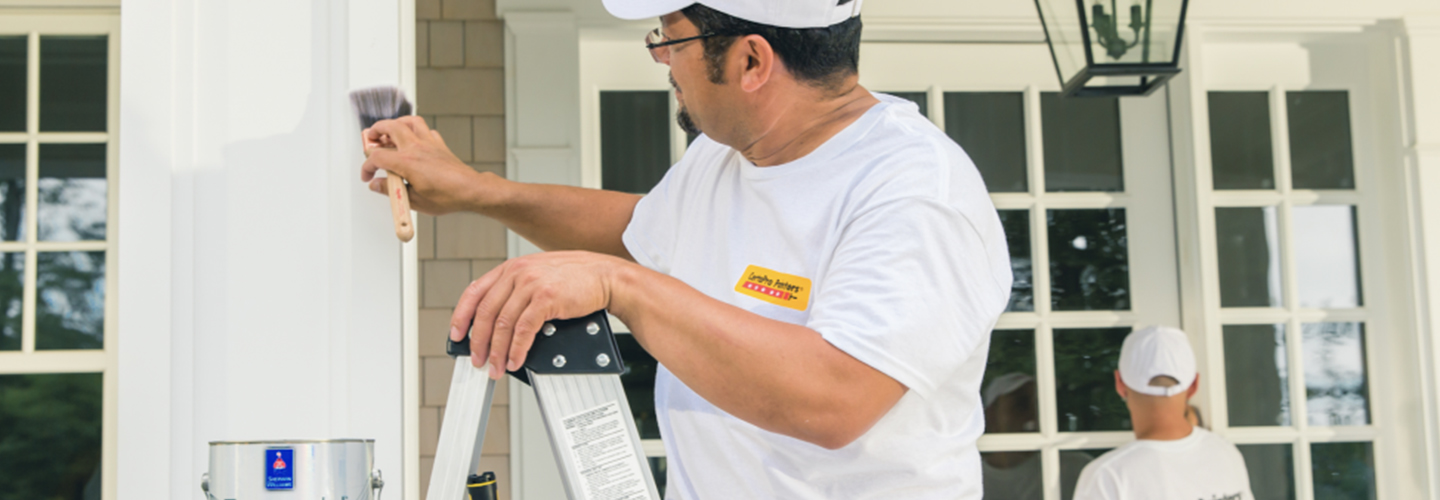
Hot Weather and Painting Projects: Las Vegas Painters Weigh In
Posted on February 14, 2019
Hot weather like in the desert can seem like a blessing when it comes to painting the exterior of your home. Professional Las Vegas painters will tell you otherwise.
The heat will help your paint dry quickly, but that’s not always a good thing. Here are the facts when it comes to painting in the heat.
Good news:
Your prep work, include spackle, primer and joint compounds will dry quickly so you will have less prep time. Since your paint will dry more quickly, you may be able to get 2 or even 3 coats done in one day. Heat causes paint to smell less, the odors will disperse more quickly. Warm paint is easier to work with since it will be less sticky and thinner.
Bad news:
A quick dry time can cause unevenness in your finish. Speckling and holidays are harder to catch and correct. Overlapping sections can show through when the paint dries too quickly. Getting your sections to match up without overlap can be a challenge to even the most talented painter. Moving too slowly, or switching between tools can make your rollers or paint brushes dry out before you get back to them. Gathering all of your tools and necessities before starting is crucial. If you’re not ready to hustle through your job, you could be looking at disaster.
Ugly news:
Curing is directly related to heat. The liquid must be slowly removed from the paint to make a good cure. Hot temperatures, like those in Las Vegas, makes the water evaporate too quickly. The result is paint with bad pigmentation and cracked resin.
Heat in the air causes paint fumes to rise up quickly. If you are painting inside, be very cautious with fumes hanging near the ceiling. This is especially detrimental if you are painting on a ladder. You will be in the cloud of fumes near the ceiling.
Tips from Las Vegas Painters:
Early: the earlier you start your project, the more time you will have to finish before the heat of the day sets in. Make sure you wait until morning dew has evaporated.
Shade: work in the shade as much as possible. Follow the sun as it moves through the sky, move with it in the shade around your home.
Top: paint your interior rooms from top to bottom. This will put the fumes toward the end of the project at the ceiling, and you at the floor. Paint tops of walls and ceilings first and work your way down.
Fan: use fans to disperse fumes from newly painted areas. The technique can be employed inside and outside, especially on hot, stagnant days.
With some planning and preparation, your hot weather painting project can be accomplished with great results. Still not sure, contact our experts to hire a professionals.





